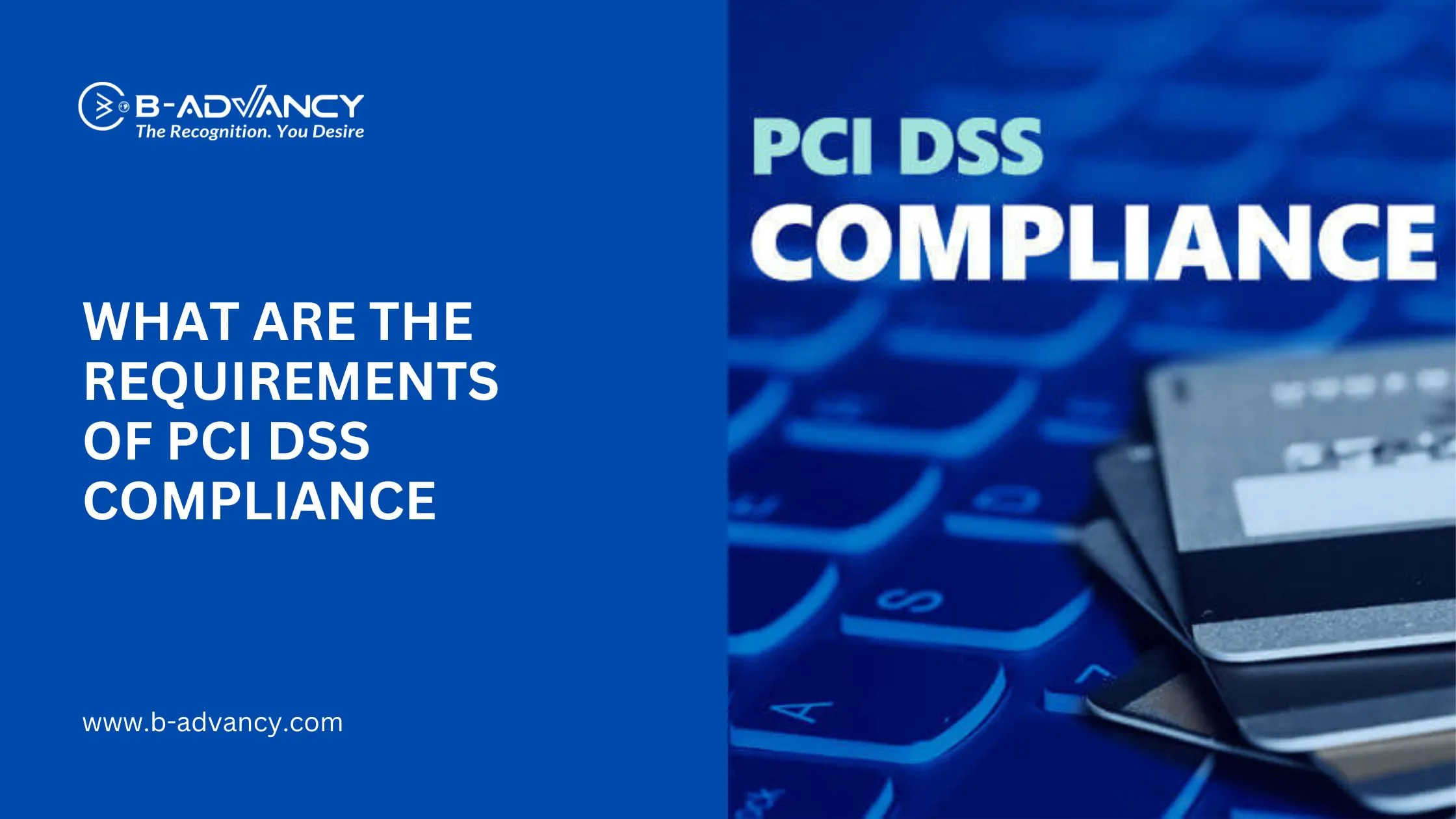
In today’s digital landscape, safeguarding cardholder data is paramount. The Payment Card Industry Data Security Standard (PCI DSS) is a globally recognized framework designed to secure credit and debit card transactions against data breaches and fraud. Compliance with PCI DSS isn’t just a legal obligation; it’s a commitment to protecting customer information and maintaining trust. This post offers a detailed breakdown of what it takes to be PCI DSS compliant, providing essential insights for businesses handling card payments.
PCI DSS compliance goes beyond merely securing cardholder data where it is stored. It covers the entire lifecycle of card payment data—from capture and transmission to storage and processing. Any organization, regardless of size, that processes card transactions must adhere to PCI DSS. Compliance is not just about reducing risk; it’s about demonstrating a proactive stance on data security and earning customer confidence.
Compliance involves coordination among three critical entities:
Card Issuers: Financial institutions that provide credit and debit cards to consumers.
Acquirers: Banks or financial institutions that process payments on behalf of merchants.
Merchants: Businesses that accept card payments.
Each entity plays a vital role in ensuring adherence to PCI DSS standards.
PCI DSS outlines 12 essential requirements, organized into six overarching categories, that must be met to achieve compliance:
Install and maintain a firewall: Firewalls are the first line of defense in securing cardholder data.
Avoid default security settings: Vendor-supplied passwords and configurations should be replaced with unique, secure alternatives.
Safeguard stored cardholder data: Implement encryption, truncation, and masking to protect stored data.
Encrypt data during transmission: Ensure that cardholder data is encrypted when sent over open or public networks.
Defend against malware: Regularly update antivirus software and programs to protect systems from malware.
Develop secure systems: Regularly update and patch systems and applications to fix vulnerabilities.
Limit access to data: Access to cardholder data should be restricted to those who need it for business purposes.
Authenticate access: Use strong authentication methods to ensure that only authorized individuals access system components.
Control physical access: Limit and monitor physical access to areas where cardholder data is stored.
Track and monitor access: Keep detailed logs of all access to network resources and cardholder data.
Test security systems: Regularly conduct tests to ensure that security measures are functioning as intended.
Establish a security policy: Develop and maintain a comprehensive security policy that addresses information security for all personnel.
Self-Assessment Questionnaire (SAQ)
For many organizations, the PCI DSS journey begins with a Self-Assessment Questionnaire (SAQ), a tool designed to help evaluate current security practices and identify areas for improvement.
Third-Party Assessments
Organizations handling a high volume of card transactions may be required to undergo a more rigorous assessment conducted by a Qualified Security Assessor (QSA). These professionals provide an independent review to verify PCI DSS compliance.
Compliance Levels
PCI DSS categorizes organizations into four levels based on the volume of card transactions processed annually, with Level 1 being the highest. Each level has specific requirements for validation and reporting.
Compliance with PCI DSS brings several advantages:
Enhanced Security: Robust security measures protect cardholder data, reducing the risk of breaches.
Customer Trust: Demonstrating compliance builds confidence and trust with customers, who value the protection of their sensitive information.
Avoiding Penalties: Non-compliance can result in hefty fines and damage to your reputation, making adherence crucial.
While the rewards of PCI DSS compliance are substantial, the process is not without its challenges:
Complex Requirements: Navigating the 12 requirements can be daunting, particularly for smaller businesses.
Cost Implications: Implementing the necessary security measures and assessments can be expensive.
Ongoing Effort: PCI DSS compliance is not a one-time event but an ongoing process that demands continuous vigilance and updates.
Achieving PCI DSS compliance is essential for any organization that handles cardholder data. By following the 12 requirements, businesses can protect sensitive information, enhance customer trust, and avoid the pitfalls of non-compliance. Although the path to compliance can be complex, the benefits far outweigh the challenges. By prioritizing data security and adhering to PCI DSS standards, organizations can ensure a secure environment for both themselves and their customers, paving the way for long-term success.